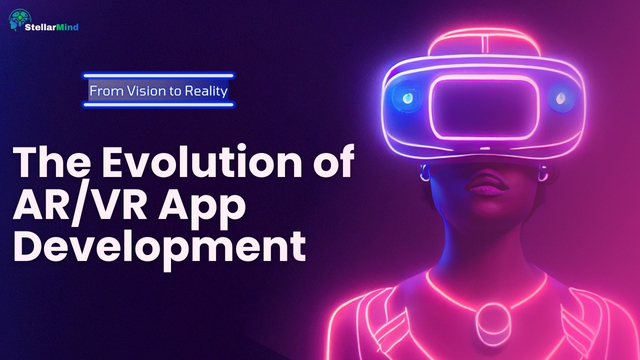Augmented Reality (AR) has long been a staple of science fiction, but today, it's making significant inroads into real-world education. No longer confined to futuristic novels and films, AR is revolutionizing classrooms and transforming how students interact with educational content. As technology advances, AR's potential in education becomes increasingly apparent, offering immersive, interactive learning experiences that were once the stuff of dreams.
What is Augmented Reality?
AR overlays digital content onto the real world, enhancing the user's perception of Reality. Unlike Virtual Reality (VR), which creates an entirely new environment, AR supplements the existing environment with digital information. This technology can be accessed through smartphones, tablets, and AR glasses, making it increasingly accessible in educational settings.
The Evolution of AR in Education
The concept of AR in education may have seemed far-fetched just a decade ago, but rapid technological advancements have brought this vision to life. Early applications of AR in education focused on simple interactive elements, like QR codes and basic 3D models. However, today's AR technologies are far more sophisticated, enabling complex simulations, virtual laboratories, and even historical reenactments that students can interact with in real time.
The shift from sci-fi to Reality is evident in the growing number of AR educational tools and platforms. For instance, apps like Google Expeditions and Merge Cube allow students to explore the human body, outer space, or ancient civilizations in a way that textbooks could never achieve. These tools enhance learning and fundamentally change the way students engage with content.
The Impact of AR on Learning
AR has the potential to make learning more engaging, interactive, and effective. Here's how:
Enhanced Engagement: AR turns passive learning into an active experience. Students can manipulate 3D models, participate in virtual experiments, and even interact with historical figures brought to life through AR.
Improved Retention: Studies have shown that students retain information better when interacting meaningfully with content. AR helps solidify complex concepts by allowing students to visualize and explore them from different angles.
Personalized Learning: AR can adapt to the needs of individual learners, providing customized experiences based on their learning pace and style. This personalization helps ensure that all students can benefit from AR-enhanced lessons regardless of their abilities.
Collaboration and Social Learning: AR encourages collaboration among students. For example, it can turn group projects into interactive experiences where each student contributes to achieving a common goal.
Real-World Applications of AR in Education
Science and Biology: AR allows students to explore the human body, examine the structure of cells, and understand complex biological processes in 3D. This hands-on approach to learning helps students grasp intricate concepts with greater ease.
History and Social Studies: AR can bring historical events and figures to life, allowing students to experience history as it unfolds around them. This immersive experience fosters a deeper understanding of historical contexts.
Mathematics: AR tools can visualize mathematical concepts, making abstract ideas more concrete. For instance, students can interact with geometric shapes in 3D, enhancing their spatial reasoning skills.
Language Learning: AR can create immersive language environments where students can practice their language skills in real-world scenarios, making language acquisition more intuitive and engaging.
Challenges and Considerations
While AR's potential in education is vast, there are challenges to consider. The cost of AR devices and software can be prohibitive for some schools, and there's a learning curve associated with integrating AR into existing curricula. Additionally, educators must be trained to use AR tools effectively, ensuring that they complement, rather than replace, traditional teaching methods.
The Future of AR in Education
As AR technology evolves, its impact on education will only grow. Future advancements may include:
- More affordable AR devices.
- AI-driven personalized learning experiences.
- Even AR-powered textbooks come to life in students' hands.
The integration of AR in education is no longer a question of "if," but "when," and educators must be prepared to embrace this shift.
FAQs
1. What is Augmented Reality in education?
AR in education refers to using technology to overlay digital content onto the real world, enhancing the learning experience by making it more interactive and immersive.
2. How does AR improve learning?
AR improves learning by increasing engagement, enhancing retention, personalizing learning experiences, and fostering student collaboration.
3. What are some examples of AR in education?
Examples include AR apps that allow students to explore the human body, historical events, and complex mathematical concepts in 3D.
4. What challenges does AR face in education?
Challenges include the cost of AR devices and software, the need for educator training, and integrating AR into existing curricula.
5. What is the future of AR in education?
The future of AR in education includes more advanced, affordable devices, AI-driven learning experiences, and widespread integration into classrooms.
Conclusion
The rise of Augmented Reality in education marks a new chapter in how we think about learning. As AR moves from the realm of science fiction into everyday classrooms, it offers exciting possibilities for making education more engaging, interactive, and effective. While challenges remain, the potential benefits of AR in education are too significant to ignore. The future of learning is here, and it's augmented.


